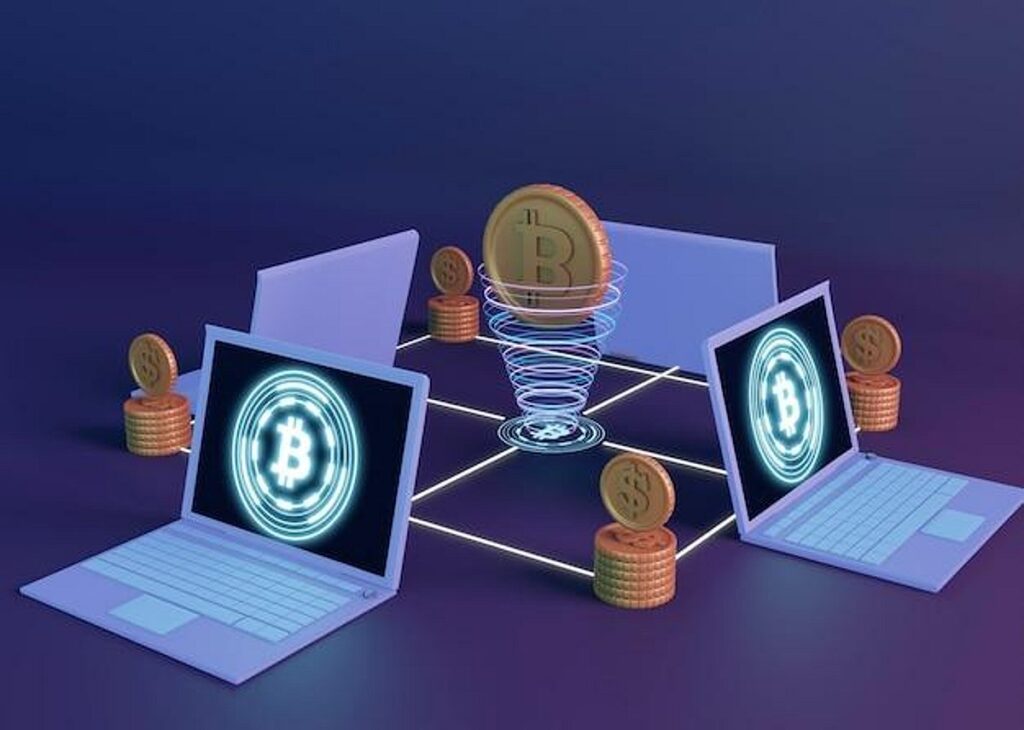Real-World Use Cases
1. Tokenized Equities
Several platforms now offer company shares as digital tokens, allowing global investors to trade fractional shares around the clock. This removes geographic and financial barriers, opening access to new participants.
2. Tokenized RWAs
Real estate, carbon credits, and private credit are being brought on-chain. Through tokenization, investors can buy fractions of high-value properties or commodities without direct ownership hurdles.
3. Hybrid Trading Environments
Many modern crypto exchanges are expanding to include tokenized traditional assets. Users can hold crypto, tokenized stocks, and RWAs within one account — a step toward full-scale digital finance integration.
Technology Framework
Next-gen exchanges rely on a modular, blockchain-driven framework consisting of:
Smart Contracts: Automating issuance, settlement, and governance.
Trading Engine: Managing order books and cross-asset pairs.
Custody Layer: Combining hot/cold wallets for crypto with off-chain custodians for tangible assets.
Compliance Layer: Enforcing investor eligibility, regulatory reporting, and KYC/AML.
Liquidity Layer: Market making, cross-listing, and token incentives.
User Experience Layer: Unified dashboards, wallets, and analytics tools.
This structure ensures transparency, speed, and accessibility while maintaining regulatory safeguards.
Challenges in Implementation
Despite their promise, next-gen exchanges face several practical challenges:
Regulatory Uncertainty: Tokenized securities still fall under securities laws, requiring complex licensing.
Liquidity Fragmentation: RWAs may be traded only in limited secondary markets.
Custody and Ownership Verification: Ensuring tokens accurately represent real-world assets.
Technical Interoperability: Managing assets across multiple chains and standards.
Investor Education: Users must understand asset risks and regulations.
Solving these challenges is key to mainstream adoption.
Future Outlook
The line between crypto and traditional finance is fading. As next-gen exchanges mature, several trends will define the next decade:
Clearer regulations for tokenized securities and RWAs.
Institutional entry, with banks and funds exploring tokenized portfolios.
Improved interoperability through standardized protocols and blockchain bridges.
Higher liquidity, as more exchanges support multi-asset listings.
Enhanced user experience, offering intuitive dashboards and AI-driven insights.
Ultimately, the future of financial trading lies in convergence — where digital and real-world assets coexist within the same seamless ecosystem.
Conclusion
Next-generation exchanges are redefining how investors interact with global markets. By supporting multi-asset trading — across cryptocurrencies, tokenized equities, and real-world assets — these platforms blend the transparency of blockchain with the structure of traditional finance.
They offer accessibility, speed, and diversification never before possible, but also demand careful attention to regulation, custody, and liquidity. As technology and compliance frameworks evolve, these exchanges could become the foundation of a unified, borderless financial system — one where every asset, from Bitcoin to real estate, trades side by side.
Frequently Asked Questions (FAQs)
Q1. What are tokenized equities?
Tokenized equities are digital representations of real company shares on a blockchain. They provide benefits like 24/7 access, fractional ownership, and automated settlement, while maintaining legal ownership through regulated custodians.
Q2. What are Real-World Assets (RWAs)?
RWAs are traditional assets — like property, gold, or bonds — represented as digital tokens. These tokens make previously illiquid assets tradeable and accessible globally.
Q3. How are next-gen exchanges different from traditional ones?
Unlike traditional exchanges that only trade stocks or commodities, next-gen platforms integrate both digital and tokenized physical assets, powered by blockchain for faster, borderless, and transparent transactions.
Q4. Are tokenized assets fully liquid?
Not always. Liquidity depends on market participation and regulation. Early RWA markets often have fewer participants, though liquidity is improving as adoption grows.
Q5. What role does regulation play?
Regulation ensures investor protection and market integrity. Exchanges must comply with securities laws, implement KYC/AML, and often secure special digital-asset exchange licenses.


